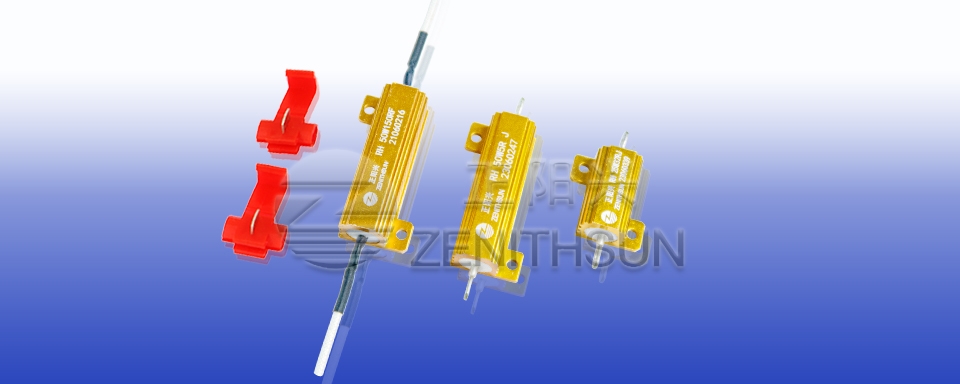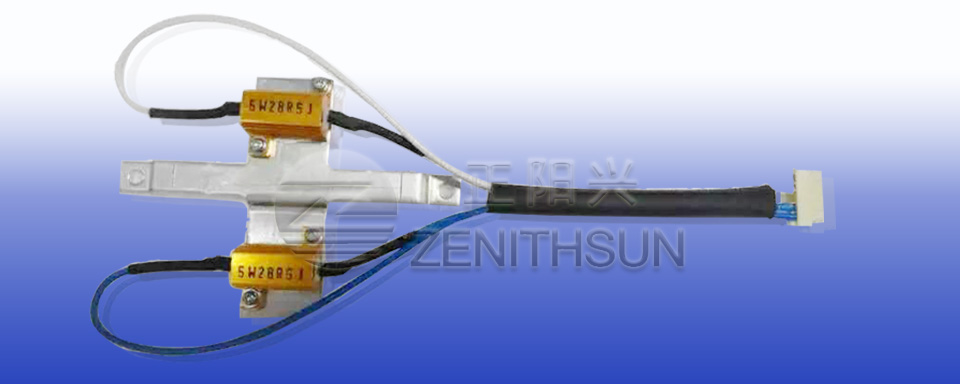After nearly 10 years of development, new energy electric vehicles have formed some technological accumulation. There is a lot of knowledge in the design of electric vehicle parts and the selection and matching of components. Among them, the design of the precharge resistor in the precharge circuit needs to consider many conditions and working conditions. The selection of the precharge resistor determines the speed of the vehicle’s precharge time, the size of the space occupied by the precharge resistor, and the safety, reliability, and stability of the vehicle’s high-voltage electricity.
The precharge resistor is a resistor that slowly charges the capacitor in the early stage of high-voltage power-up of the vehicle. If there is no precharge resistor, excessive charging current will breakdown the capacitor. High-voltage electricity is directly applied to the capacitor, which is equivalent to an instant short circuit. Excessive short-circuit current will damage high-voltage electrical components.Therefore, the precharge resistor should be taken into account when designing the circuit to ensure circuit safety.
There are two places where precharge resistors are used in the medium and high voltage circuits of electric vehicles, namely the motor controller precharge circuit and the high voltage accessory precharge circuit. There is a large capacitor in the motor controller (inverter circuit), which needs to be precharged to control the capacitor charging current. High-voltage accessories generally include DCDC (DC converter), OBC (on-board charger), PDU (high-voltage power distribution box), oil pump, water pump, AC (air conditioning compressor) and other components, and there are also large capacitors inside the components. , so precharging is required.
Precharge resistors R, precharge time T, and required precharge capacitor C, the precharge time is generally 3 to 5 times RC, and the precharge time is generally milliseconds. Therefore, precharging can be completed quickly and will not affect the vehicle power-on control strategy. The condition for judging whether precharging is completed is whether it reaches 90% of the power battery voltage (usually this is the case). When selecting a precharge resistor, the following conditions should be considered: power battery voltage, contactor rated current, capacitor C value, maximum ambient temperature, temperature rise of the resistor, voltage after precharge, precharge time, insulation resistance value , pulse energy. The calculation formula for pulse energy is half of the product of the square of the pulse voltage and the point capacitance C value. If it is a continuous pulse, then the total energy should be the sum of the energies of all pulses.








